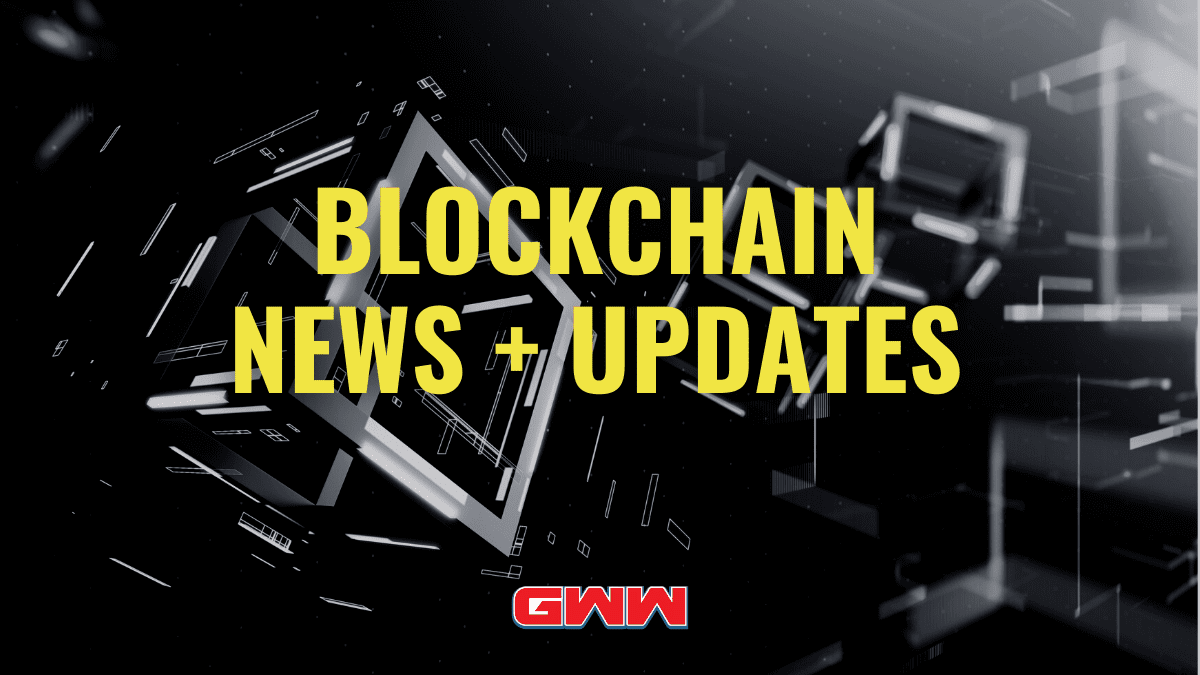Summary
This article delves into the intricacies of front-running attacks in blockchain, shedding light on the underlying mechanisms, potential risks, and strategies to mitigate this growing menace. It explores how front-running attacks occur in blockchain, the factors that trigger them, the risks and implications associated with these attacks, and methods for preventing them.
Introduction
Front-running refers to the unethical practice of exploiting advance knowledge of pending transactions to gain an unfair advantage in financial markets. In the context of blockchain, front-running occurs when a malicious actor exploits information asymmetry to execute transactions ahead of others, taking advantage of price changes before they are reflected in the public ledger.
Main Points
1. How Front-Running Works in Blockchain: This section explains the process of front-running in blockchain, including transaction pool monitoring, swift execution, and profit generation.
2. Factors Responsible for Triggering Front-Running Attacks: This section discusses the key elements that contribute to front-running attacks, such as transaction visibility, gas price manipulation, smart contract predictability, decentralized exchanges (DEXs), maximum extractable value (MEV) bots, high-frequency trading strategies, and market conditions.
3. Risks and Implications of Front-Running Attacks: This section outlines the risks and implications associated with front-running attacks, including unfair advantage for malicious actors, market manipulation, undermining trust in decentralization, smart contract vulnerabilities, incentive misalignment, regulatory scrutiny, erosion of privacy, and the need for constant innovation in security measures.
4. Methods for Preventing Front-Running Attacks: This section provides various strategies for preventing front-running attacks, including private transactions, optimized smart contract design, decentralized exchanges with order book privacy, priority gas auctions, threshold relay and commit-and-reveal schemes, randomization techniques, MEV auctions, on-chain governance and security audits, community education and awareness, regulatory compliance for centralized exchanges, and dynamic fee models.
Conclusion
Front-running attacks pose significant risks to the integrity, trust, and functionality of blockchain networks. Addressing these challenges requires a combination of technological advancements, regulatory measures, and community awareness to maintain a secure and resilient blockchain ecosystem. By implementing preventive strategies and constantly adapting to emerging threats, the blockchain community can enhance the security and fairness of transactions, making front-running attacks more challenging to execute successfully.
Tags: Blockchain, Crypto News